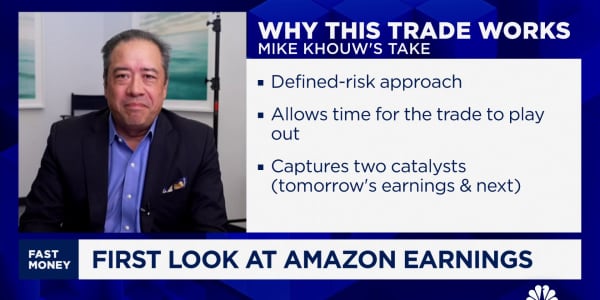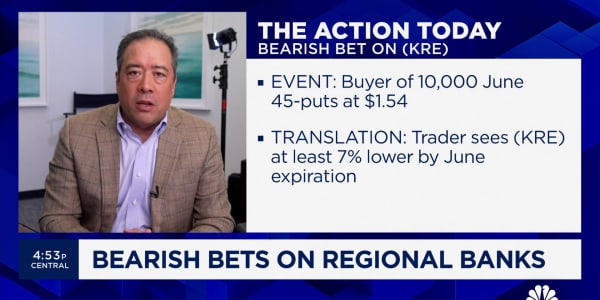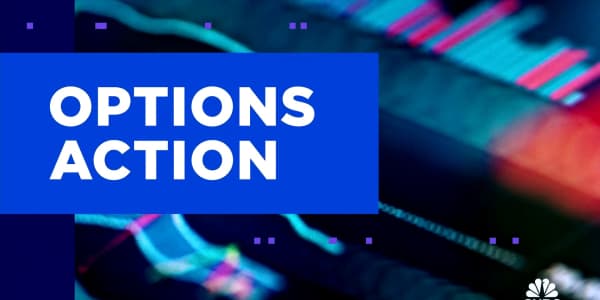
Market participants who peeked at the widely watched CBOE Volatility Index during Monday and Tuesday's rocky market sessions were treated to a wonky chart that looked a bit like an accordion, with volatility appearing to rise precipitously and then fall back every minute.
According to the Chicago Board Options Exchange, this issue was caused by the dissemination of unreasonably high ask prices for options. The CBOE is investigating how exactly this occurred, but says it now appears to have been solved by a fix made by S&P 500 options market makers.
The CBOE Volatility Index, better known as the VIX, is often called the market's "fear indicator," because it generally provides an indication of how much investors are willing to pay for protection against the market.
To compute this indicator, the CBOE takes a measurement of the prices of S&P 500 options. Since more firms use S&P 500 options to hedge stock positions rather than to speculate on upside, the VIX tends to show how worried investors are about the market, and consequently enjoys an inverse relation to the S&P.
Starting on Friday, however, the chart of this closely watched indicator went a bit haywire. And for much of Monday and during Tuesday morning, the VIX was appearing to rise and fall as much as 20 percent every minute.
The issue, according to the CBOE, derived from the way the VIX equation collects options quotes. The CBOE takes the bid and ask price of every option (that is, the price at which market makers are willing to buy and sell each option) and finds the average. For instance, if the bid price is 10 cents, and the ask price is 30 cents, the "true" options price will be considered to be 20 cents.
However, what began to happen is that the bid/ask spreads on those S&P options started to widen vociferously and sporadically. Generally, the ask price (the price at which the market maker offers to sell that option to traders) was rising, while the bid price (the price at which the market maker is willing to buy the option) stayed the same.
Read More Fear indicator spikes as traders get 'skittish'
For instance, in an example given by a CBOE official in the research department, that options strike that had been trading at a spread of 10 cents to 30 cents would suddenly trade at a spread of 10 cents to $2.00. As a consequence, the price used in the VIX calculation would soar from 20 cents to $1.05.
The most likely explanation behind this is a programming error, one that might have happened when a firm was fine-tuning its risk tolerances, according to a CBOE official. One theory would be that a firm was trying to reduce risk exposure toward the end of the year given the recent slide in stocks (which, like the problem, lit up on Friday) or the decline in oil, and somehow made an error.
The reason the error would not have been limited to a single firm is that the four major firms that provide quotes for monthly S&P options follow each other closely, with the help of computer algorithms. If one firm pulls or hikes its ask price, the other firms' systems will not immediately be aware that it is due to an error, and will thus follow the ask price higher, according to former VIX market maker Brian Stutland.

Once the CBOE became aware on Tuesday that the issue was persisting, it contacted the traders and engineers who were providing the quotes for the S&P options, the exchange told CNBC. It is their understanding that programming changes that have been made following these calls have mitigated the spikes, that the error has been addressed by a firm internally and that the VIX is now back to normal.
Indeed, the jumps appear to have diminished throughout the course of the day, and didn't recur on Tuesday afternoon.
The VIX cannot be traded directly, but can be traded through options on the VIX and VIX futures.
Follow the show on Twitter: @OptionsAction.






